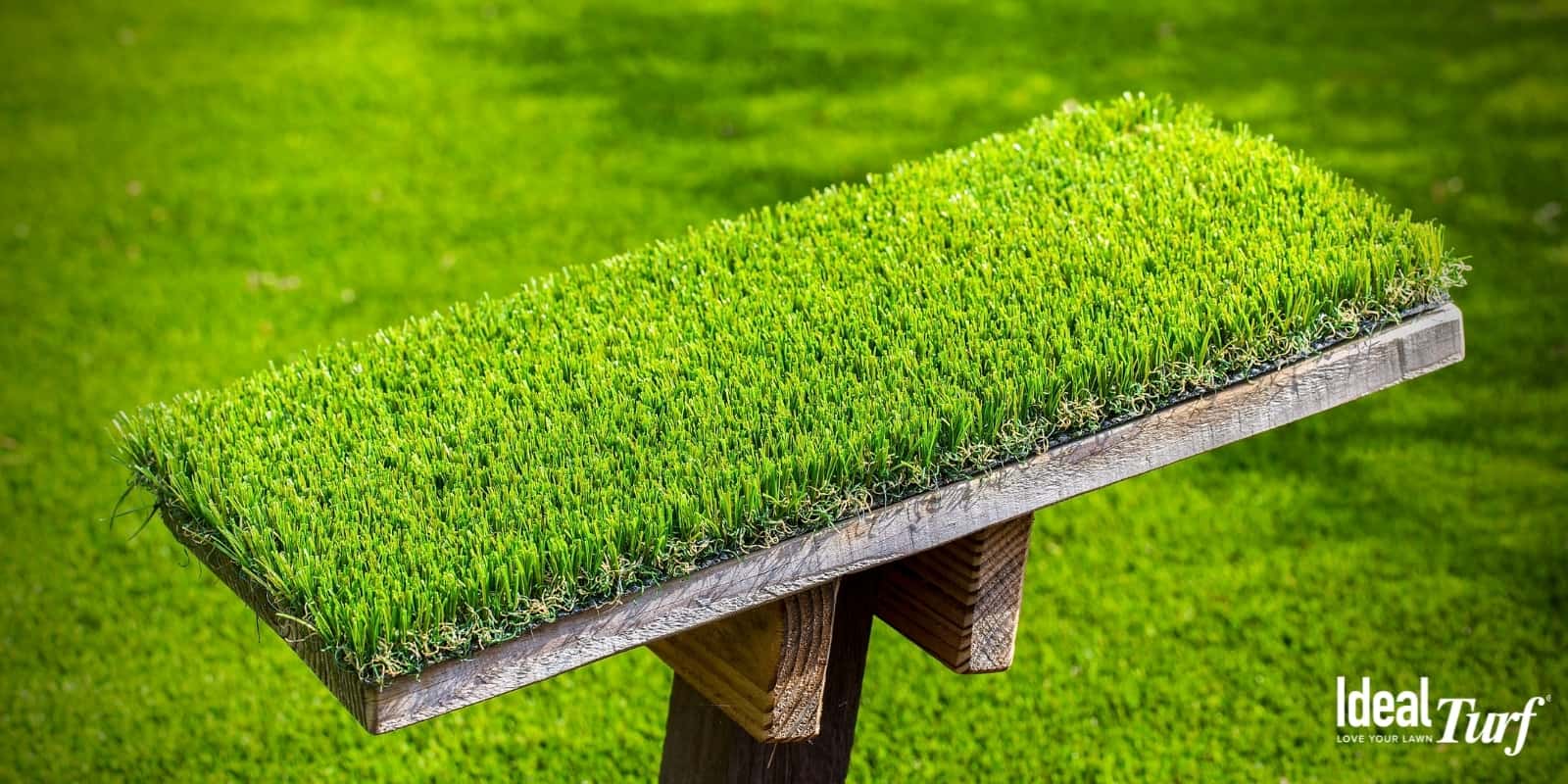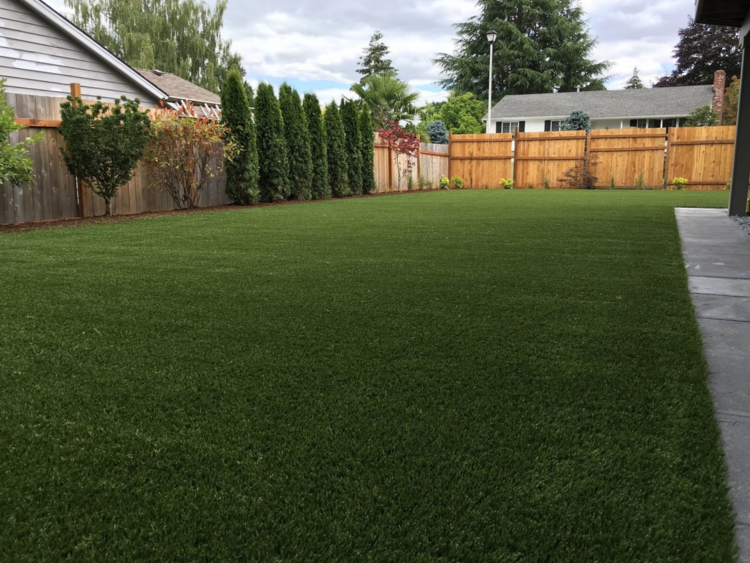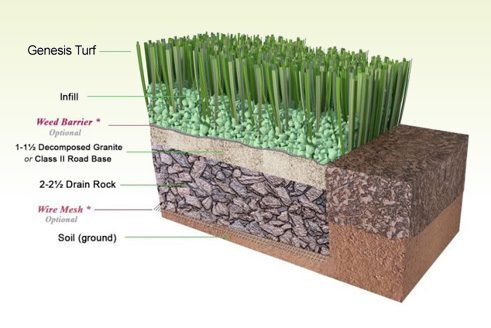Top-Grade Arizona Turf Options for a Attractive and Green Landscape
Top-Grade Arizona Turf Options for a Attractive and Green Landscape
Blog Article
See Why Homeowners Prefer Artificial Lawn for Lasting Landscape Design Practices
As homeowners progressively focus on sustainability in landscaping, man-made turf has arised as a compelling option to typical turf. What stays to be discovered is the full range of advantages that artificial grass can supply to homeowners and the atmosphere alike.
Water Preservation Benefits
One of one of the most substantial advantages of synthetic grass is its duty in water conservation. Conventional lawn yards require significant quantities of water to maintain their lush appearance, frequently causing overuse of neighborhood water sources, specifically in arid regions. In comparison, fabricated turf eliminates this demand completely, as it does not need watering. This not just preserves water yet also reduces the strain on community water systems, especially during drought conditions.
Moreover, the installation of synthetic turf can contribute to an extra lasting landscape. Homeowners can significantly decrease their water costs, enabling reallocation of sources to other environmental campaigns or household usages. Furthermore, synthetic grass is developed to withstand numerous weather conditions without the need for additional watering, making it a perfect choice for areas dealing with water shortage.
The environmental advantages prolong beyond prompt water cost savings. By decreasing water consumption, synthetic grass helps to mitigate the effects of climate change, maintaining important communities that are intimidated by extreme water extraction. As lasting landscaping practices obtain traction, fabricated lawn becomes a liable option for home owners seeking to develop eco-friendly outside rooms.
Decreased Upkeep Efforts
Synthetic grass significantly minimizes maintenance efforts contrasted to conventional yard lawns. With fabricated grass, house owners can eliminate the lengthy jobs linked with natural landscape design, such as mowing, feeding, and weeding. This not only saves beneficial time yet also reduces physical labor, making grass care available for people of all ages.
One of the most noteworthy benefits is the lack of regular mowing. Conventional yards call for frequent trimming to preserve a visually pleasing elevation, whereas synthetic grass continues to be consistently lush without the requirement for reducing. In addition, home owners no more require to use chemicals or plant foods, which are frequently needed to keep all-natural grass healthy. This shift not only lightens the workload but also promotes a neater, much more consistent look year-round.
In addition, synthetic grass is resistant and long lasting, requiring marginal maintenance past periodic brushing and rinsing to get rid of particles. This simplicity of maintenance permits house owners to appreciate their outside spaces without the consistent concern of upkeep, providing even more time for recreation and family tasks. Ultimately, the lowered upkeep efforts related to synthetic grass make it an attractive option for those looking for a low-maintenance, visually appealing landscape.

Ecological Influence Reduction
There is a growing acknowledgment of the ecological advantages linked with synthetic grass, especially in terms of water conservation and minimized chemical use. Traditional lawns require significant amounts of water, especially in drought-prone regions, resulting in enhanced stress on local water sources. In comparison, synthetic grass removes the demand for watering, significantly reducing water consumption and advertising sustainability.
Additionally, conventional lawn maintenance often involves the application of chemicals, plant foods, and herbicides, which can add to soil and water pollution. Synthetic turf minimizes this ecological danger by needing minimal maintenance and essentially getting rid of the requirement for damaging chemicals. This not only boosts dirt health yet additionally safeguards local ecological communities from poisonous drainage.
Furthermore, the production of all-natural turf yards normally includes the usage of nonrenewable fuel sources for mowing and landscape design devices, further adding to greenhouse gas emissions. By picking synthetic turf, house owners can considerably decrease their carbon footprint associated with grass care tasks.
Aesthetic Charm and Versatility
Along with its ecological benefits, synthetic grass supplies significant aesthetic charm and versatility for landscaping. House owners can attain a lavish, eco-friendly appearance year-round, eliminating the seasonal changes generally related to natural turf. This constant visual not just boosts the visual appeal of a residential property yet also contributes to a properly maintained and polished look.
Moreover, synthetic turf is offered in a range of designs, appearances, and shades, enabling customization to suit individual choices and layout styles - Turf installation phoenix az. Whether used in residential yards, business areas, or leisure areas, it can seamlessly incorporate right into diverse landscaping designs, from modern minimal to rich tropical settings
The convenience of synthetic grass prolongs beyond plain look; it can be installed in numerous places, including roofs, outdoor patios, and even interior areas, creating opportunities for one-of-a-kind landscaping solutions. In addition, it is appropriate for a range of tasks, from kids's backyard to pet-friendly settings, supplying functionality without endangering style.
Ultimately, the visual appeal and convenience of synthetic grass make it an appealing option for homeowners seeking lasting landscaping remedies that do not compromise elegance for environmental duty.

Long-Term Expense Cost Savings
One of the most compelling benefits of man-made turf is its possibility for lasting expense savings. Unlike all-natural lawn, which needs normal upkeep-- including mowing, watering, feeding, and bug control-- synthetic lawn substantially decreases these ongoing costs.
Furthermore, synthetic grass has a life expectancy of 15 to 25 years, depending on its top quality and usage. This durability lessens replacement prices, making it a more affordable choice in the future. The first investment in man-made turf can commonly be recouped with the financial savings accrued over time.
While the ahead of time cost may appear greater compared to sod installment, the cumulative cost savings from lowered maintenance and water use usually outweigh these preliminary expenses. Ultimately, the adoption of synthetic grass not just promotes a sustainable landscape design remedy but likewise uses homeowners a financially right here smart choice that straightens with lasting budgeting goals.
Conclusion
Synthetic grass becomes an engaging option for sustainable landscaping, providing considerable benefits in water preservation, minimized upkeep initiatives, and try this web-site lessened environmental impact. Its aesthetic appeal and flexibility improve the visual landscape while lining up with contemporary sustainability goals. Lasting price financial savings contribute to its beauty for property owners. As neighborhoods progressively prioritize environmentally friendly techniques, the fostering of synthetic turf represents a modern step toward accomplishing durable and sustainable landscapes.
In addition, synthetic lawn is designed to withstand different climatic problems without the need for supplementary watering, making it a suitable choice for areas facing water deficiency. (Arizona artificial turf)

Man-made grass emerges as an engaging choice for sustainable landscaping, supplying considerable advantages in water conservation, lowered upkeep efforts, and diminished ecological effect.
Report this page